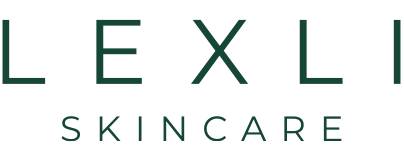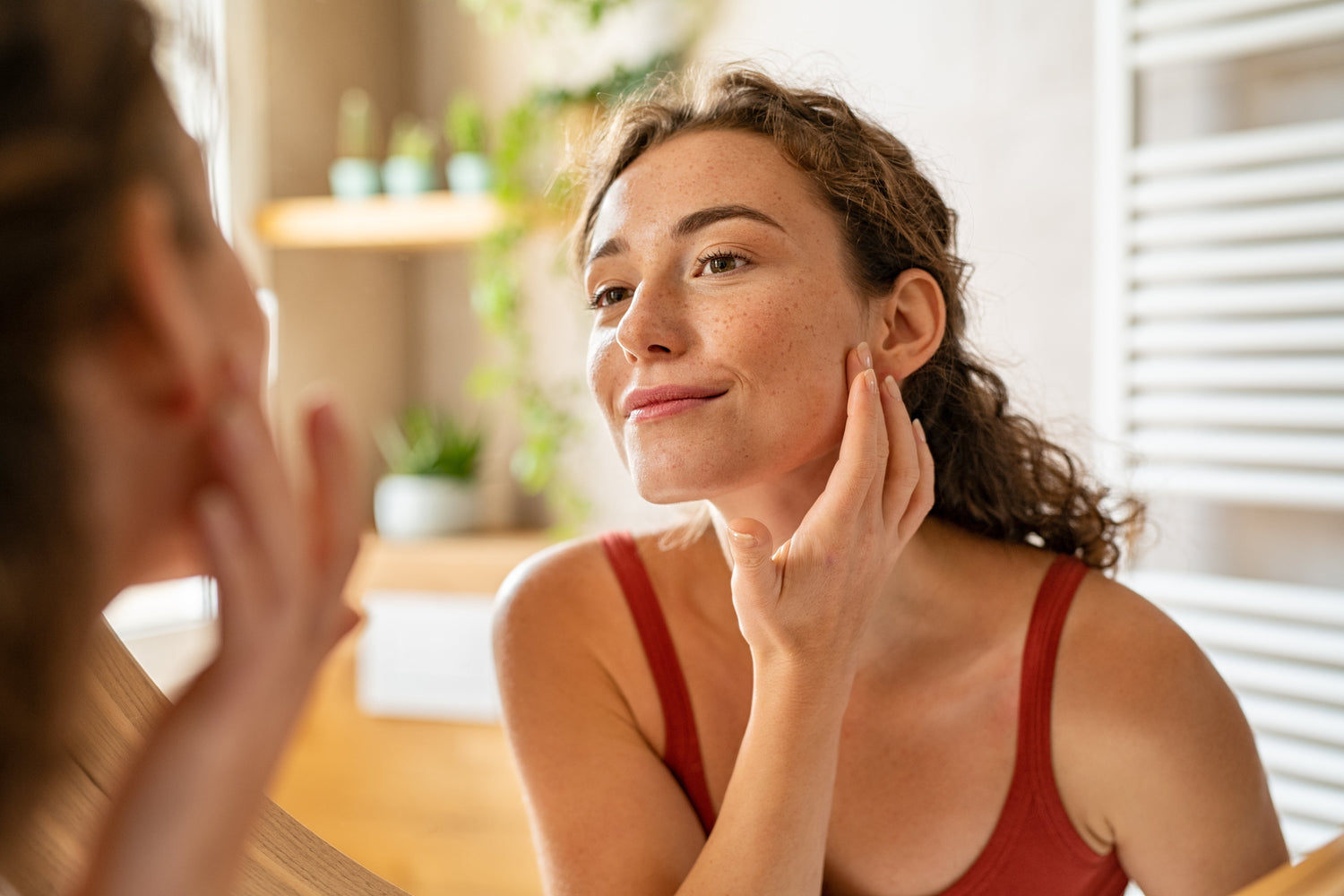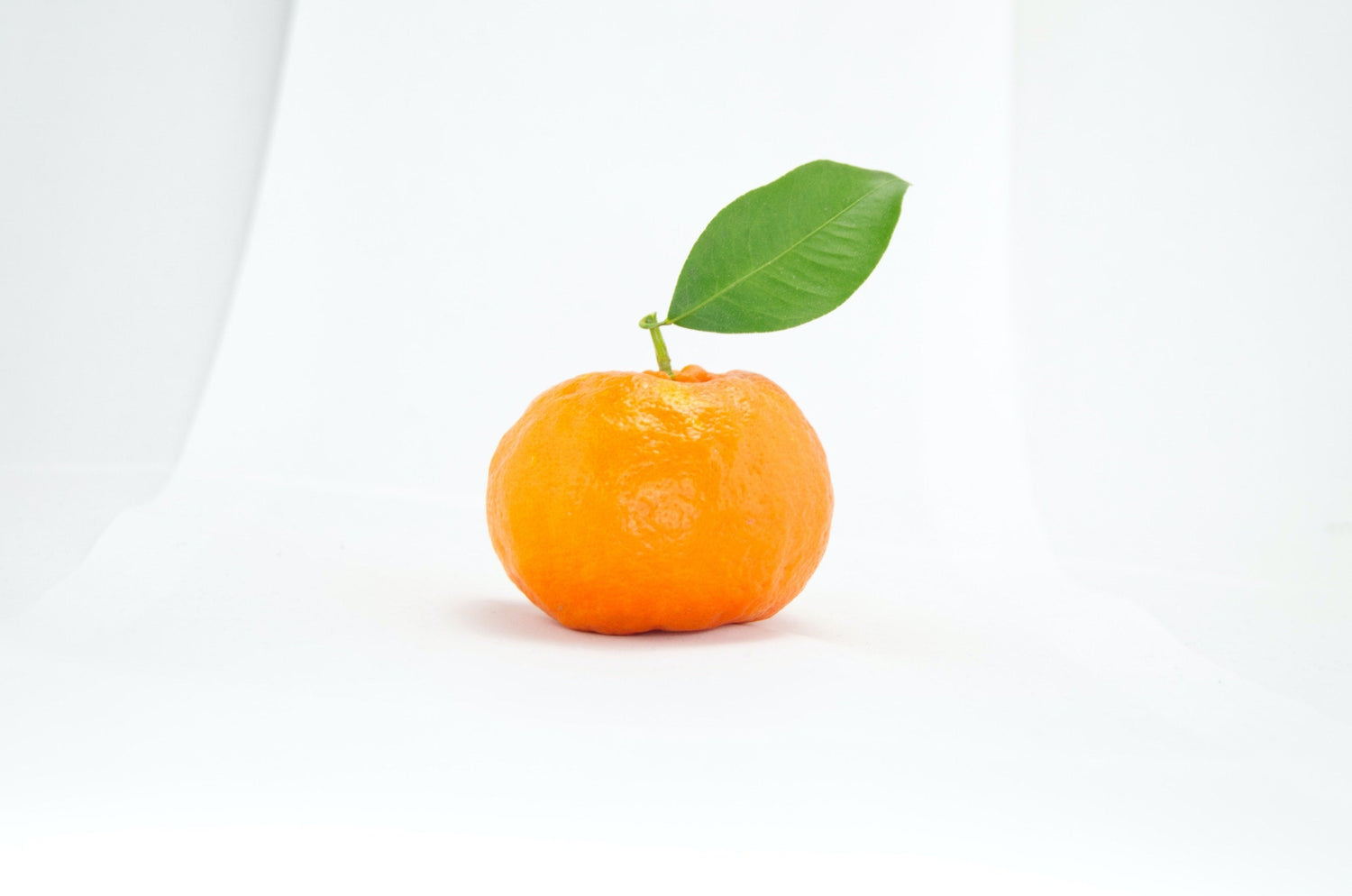Chapped lips are the skin concern that packs a double punch: not only do they bring discomfort in the form of burning and tightness, they are also hard to hide, aesthetically-speaking. Cover chapped lips with lipstick and you'll find its characteristic rough, dry skin only appears more evident!
While we may think of chapped lips as a "winter thing," lips can become dry and flaky any time of year. In fact, for some individuals, the heat and sunshine of summer is far worse for their lips than the cold, dry conditions of winter! If you're married to a tube of lip balm in an attempt to prevent lip dryness, you may be on the right track. However, there is another step that is needed to help keep your pout perfectly hydrated and soft year-round: lip exfoliation.
We talk a lot about exfoliation here at Lexli and consider it to be the most beneficial skincare step you can do at home to improve the health and aesthetics of your skin. However, the lips are unlike other areas of skin and, therefore, require a unique approach. Read on to learn how to exfoliate your lips and prevent dryness.
Causes of Dry Lips
First things first, it's helpful to understand why our lips are prone to dryness and chapping.
The skin on our lips is much thinner than other areas of our body and lack sebaceous glands that would otherwise help to keep the skin moisturized. As such, they are very sensitive to external factors, including low humidity environments, such as dry climates and heated homes, as well as windy conditions - both of which increase the rate of transepidermal water loss from the lips, pulling out any moisture that they do have. Additionally, their thin structure makes lips particularly susceptible to damage from the sun's UV rays, which is why you may find them feeling dry and burning after a day spent outdoors.
Another cause of dry lips is the use of certain lipsticks and even some lip balms. Matte lipstick formulations, for example, contain few, if any moisturizing ingredients and to achieve the matte appearance they rely heavily on ingredients that actually pull moisture from the skin. Meanwhile, a lip balm that includes menthol, cinnamon, eucalyptus or phenol should be avoided due to their drying effects.
Our natural tendency when lips feel dry is to lick them. While this may bring some immediate relief, the effect is short-lived and, ultimately, makes matters worse. Saliva quickly evaporates from the surface of lips, leaving them drier than they were to begin with.
So what can you do to improve your lip situation?
Lip Tip #1: Exfoliate Your Lips
Specifically, we talk a lot at Lexli about the benefits of chemical exfoliation for your facial skin. However, it's mechanical exfoliation we prefer for the lips. (Learn about the difference between chemical and mechanical exfoliation.) To achieve this, many experts advise using a toothbrush and a natural oil, such as olive oil, or even petroleum jelly. Simply apply oil or jelly onto your lips and "brush" lips in a circular motion to remove dead skin cells. While this practice may be an effective way to exfoliate your lips, it isn't our favorite method. The stiff bristles of a toothbrush can be too aggressive for the delicate skin of the lips (not to mention the health concerns that accompany the bacteria being harbored by a used toothbrush on skin that is already compromised!). If lips are actively chapped, this method of exfoliating your lips can result in torn skin that ultimately is far more damaged and perhaps even becomes infected. This is why our favorite way to exfoliate the lips - and one that is more gentle - is through the use of a lip scrub.
There is no shortage of lip scrubs available on the market today. Many brands have formulated excellent products to mechanically exfoliate lips. However, these lip scrubs are often expensive. Instead, you can make a natural lip scrub at home that is just as effective at removing built-up layers of flaky, dead skin from the lips for a fraction of the cost of commercially produced products.
DIY Lip Scrub
Ingredients
- 1.5 tablespoons coconut oil, softened
- 2 tablespoons white sugar
- 1 teaspoons turbinado sugar
Instructions
- If needed, soften the coconut oil in the microwave in a heat safe dish, then add the white sugar. Mix well and add in the coarse turbinado sugar. Depending on how thick you want your lip scrub to be, you can add a bit more of one or both of the sugars for a firmer scrub. If you don't have coarse sugar on hand, you can substitute with more white sugar or even brown sugar.
- To use, simply apply lip scrub and gently scrub your lips in a circular motion with your finger to remove the outermost layer of dead skin while softening your lips.
- The lip scrub will store well for months in a sealed container in the refrigerator. When you’re ready to exfoliate again just spoon a little out and soften the coconut oil in your hands.
You can exfoliate your lips with a lip scrub several times a week to keep them soft.
Lip Tip #2: Hydrate Your Lips & Protect From Damage
Now that you know how to exfoliate the lips, it's time to move to the next step: adding moisture to the lips and protecting that moisture from evaporation.
Again, there are countless excellent lip balms on the market that include humectant ingredients to draw moisture to the lips, occlusives to protect lips from loss of hydration, and emollients to soften the skin. These effective products are convenient to use and generally affordable. However, just as effective (and far less expensive) is the use of petroleum jelly, straight from the jar. In fact, petroleum jelly, or petrolatum, is the key ingredient in many commercial lip balm products! For those who are sensitive to skincare ingredients or find their lips becoming drier after continuous use of lip balm, petroleum jelly is an ideal alternative to moisturize the lips. (It is also recommended by the American Academy of Dermatology for use on dry lips!) Alternatively, you can make a homemade lip balm that uses moisturizing ingredients like shea butter, beeswax and coconut oil.
Regardless of what you use to hydrate and protect your lips, the key is to use it nightly and to consistently reapply when conditions are right for dry lips, such as in the winter and when visiting dry climates. Additionally, when outdoors, it is crucial to protect lips from sun exposure, just as you would the rest of your skin. The most convenient way to do so is by choosing a lip balm with an SPF of at least 15. Again, be sure to reapply lip balm with SPF consistently when outdoors.
By making time to exfoliate your lips and by hydrating and protecting them properly, you will quickly feel - and see - a difference. It might even make dry, chapped lips a thing of the past. If this post encouraged you to begin exfoliating your lips, tell us in the comments about the improvement you're seeing.





